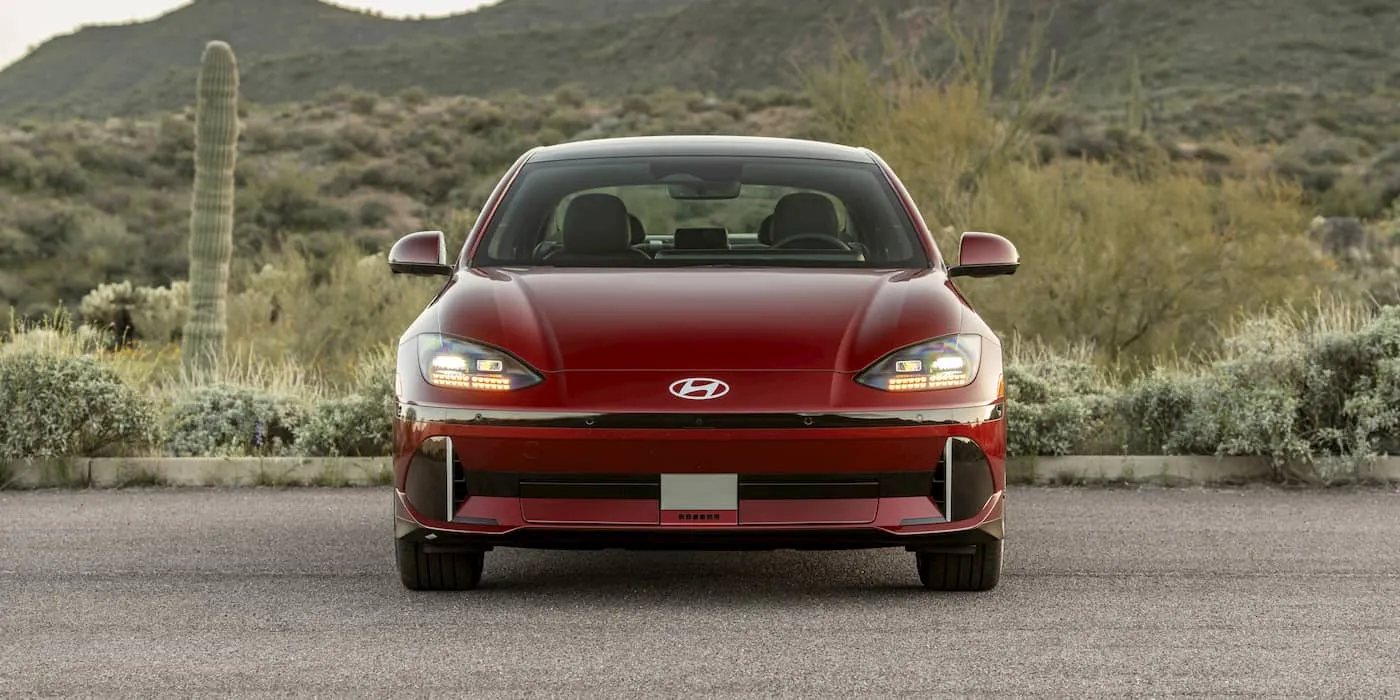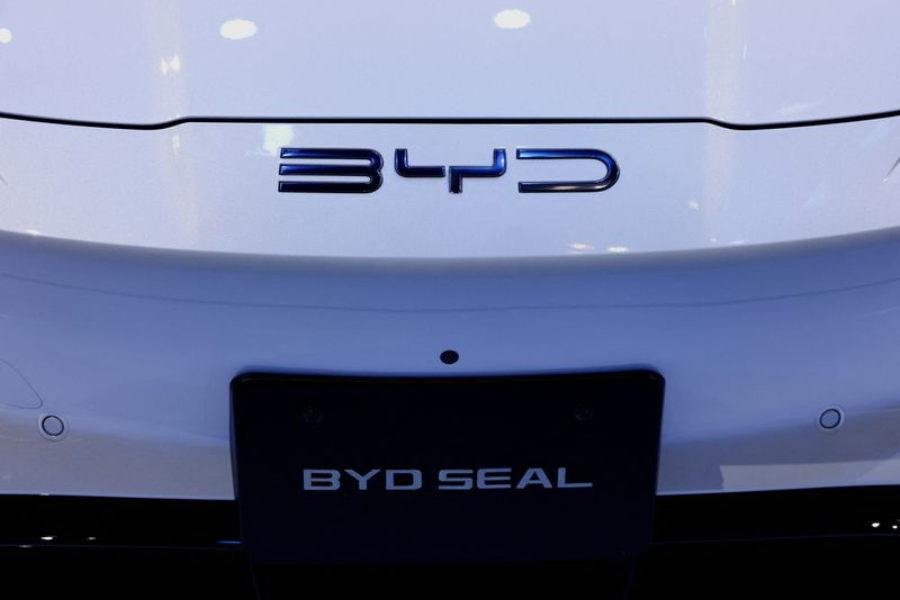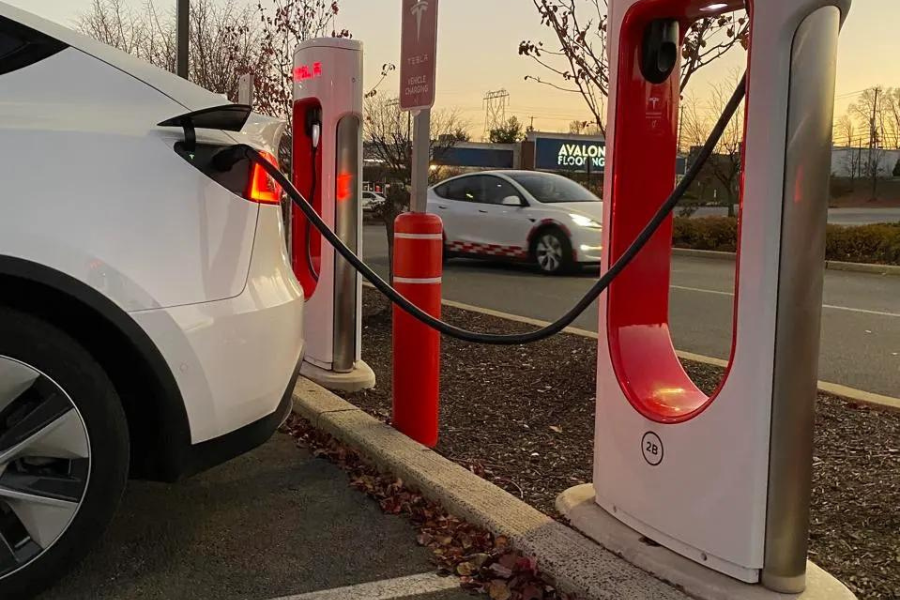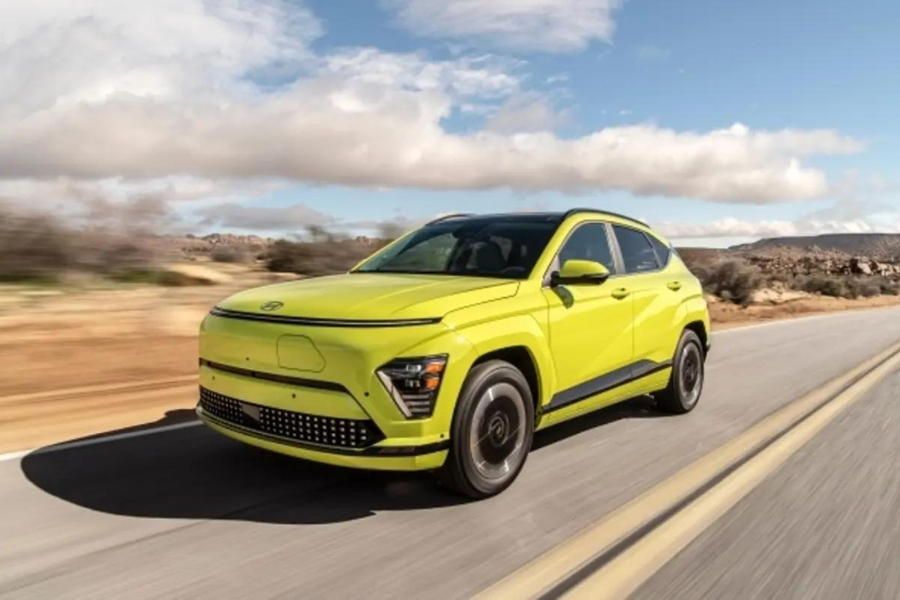Choosing between the torque and cadence sensors is pivotal for cycling enthusiasts. These two distinctive technologies represent the different approaches in how they can affect and respond to your pedaling.
So, it is essential to understand the difference between these technologies to get an advantage while riding your e-bike. So, let’s explore the torque sensor vs cadence sensor in this guide. This comparison provides an overview of their performance according to the unique needs and goals of the cyclists.
What is a Torque Sensor?
A torque sensor in an e-bike measures the force the rider applies on the pedals. The components detect the rotational force a rider exerts while pedaling. The torque sensor detects the pressure on the pedals and sends the signals to the motor for further assistance. As much force you apply on the pedals as much motor generates power to ride the e-bike.
When you apply less force on the pedals, the motor decreases the assistance and keeps your speed slow. One of the great things about torque sensor e-bike is that they offer a natural and intuitive riding experience. It helps you to adjust the motor assistance based on the force you apply to the pedals.
The torque sensor e-bike provides a real-time riding experience to the riders with more efficient and responsive behavior. It differs from the cadence sensor, which may not adjust assistance levels.
In short, torque sensors offer a smooth, efficient, real-time riding experience in e-bikes, increasing the overall e-bike performance.
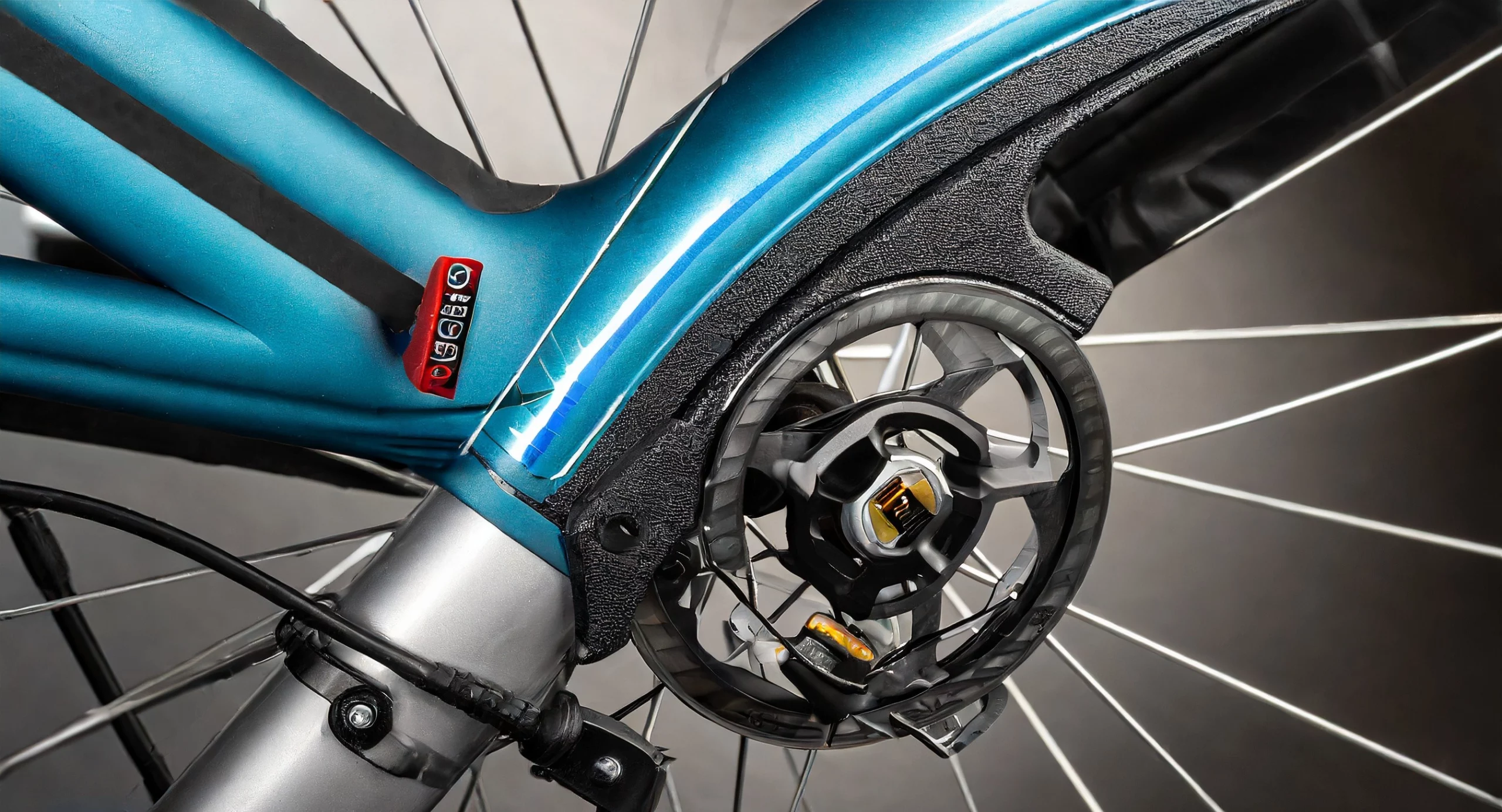
What is a Cadence Sensor?
A cadence sensor is a component that helps you measure the number of rotations the rider produces while pedaling. It works like a bridge between the rider’s pedaling and the motor. The primary purpose of this sensor is to deliver the number of rotations to assist the motor so that you can achieve a comfortable riding experience.
It is all about the pedaling speed of the rider. The faster you pedal, the more quickly the motor will assist in riding the bike—the cadence sensor provides information about the speed to the electric system of an e-bike. When you pedal faster, it helps the motor with high assistance; when you pedal slow, it assists the motor with less assistance and slows down the speed of your e-bike.
One of the best things about the cadence sensor is that it helps riders optimize their speed according to their preference. This e-bike cadence sensor hack helps the users achieve a comfortable riding zone and makes their ride more thrilling.
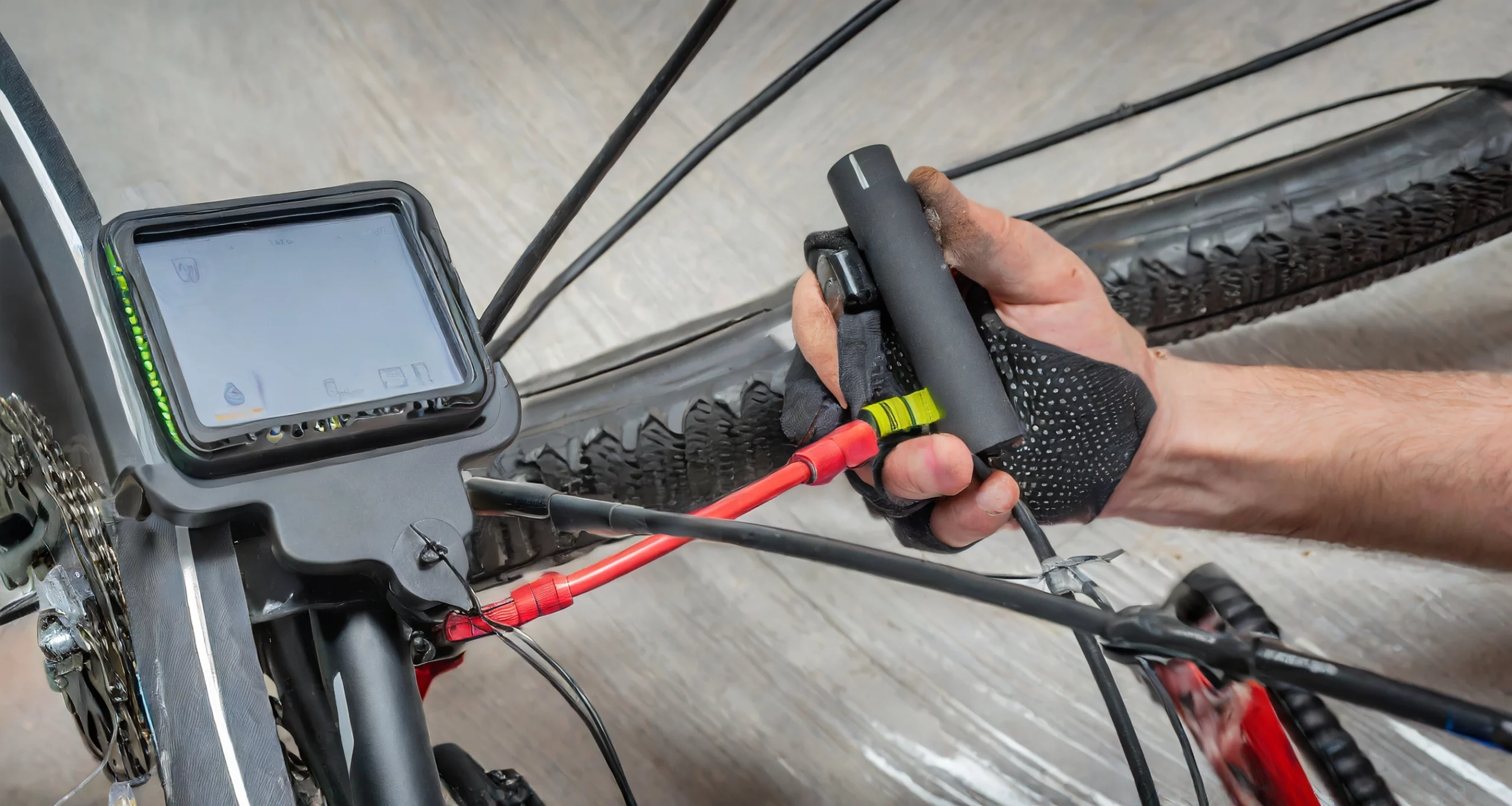
What is the Difference Between Cadence Sensor and Torque Power Pack?
The torque and cadence sensors are the methods you can use to activate the pedal assistant mode on your e-bikes. When the rider applies the force on the pedals, the sensor reads this applied force and sends the signals to the speed controller to spread the power to the motor. The significant difference between both sensors is how they read the signs and react to results.
Cadence sensors detect the speed at which you pedal your e-bike, and they may not care how much force you are applying to the pedals. These sensors only concern how fast you pedal. It tells the motor to start working when it reaches the pedaling speed. It provides a predetermining level of assistance for an e-bike with cadence sensors. Its performance is only based on your paddling speed.
On the other hand, the torque sensor is a component that only measures the force you apply on the pedal instead of speed. These sensors are not concerned with the pedaling speed but depend on your pedaling strength. The more power you exert, the more performance you will get.
The torque sensors make your riding experience more intuitive and give you a traditional riding experience. The best thing about these sensors is that they give you minimum lag once you start pedaling, while cadence sensors take time to create until you reach the compatible speed.
How Do You Convert Cadence Sensor to Torque Sensor?
If you want to convert, you may need to replace the sensor. Sometimes, you must change the system accompanying the sensors to fulfill the technology requirement. It is a considerable modification that needs custom skills.
It is also essential to know that the conversion also involves many other complications, such as a void warranty or ruining the functionality of your e-bike. Moreover, it is also a costly conversion and may not be practical. So, investing in an e-bike with built-in torque sensors from manufacturers is good.
Torque Sensor vs Speed Sensor
The torque sensor requires active participation to start the pedal assist system in an e-bike. However, the speed sensor needs forward movement from the bike to activate the pedal assist. Torque sensors only measure the amount of power or force you apply, while speed sensors work with the speed of an e-bike.
The e-bikes with torque sensors are more expensive than the e-bikes with speed sensors. The riders can enjoy long-ride torque sensor e-bikes as they save battery power. It is also good to know that some torque sensor e-bike models charge the battery when the rider pedals. On the other hand, speed sensors need more battery capacity to operate.
Torque sensors provide more accuracy in pedal assist compared to the speed sensors that offer pedal assist when you remain below a certain speed. The pedal assist mode may not be easily adjustable with speed sensors.
What is the Cheapest E-bike with Torque Sensor?
Several brands offer affordable e-bikes that have torque sensors in them. Some famous brands are Ride 1UP Roadster V2, ECOTRIC 26″ Electric Bike, and Ancheer 350W Electric Bike. It is not the end of the list; and several other e-bike brands are also available to provide bikes with torque sensors. But there are some affordable options with other excellent features.
The torque sensor provides a smooth and safe ride, reducing further assistance when riders reduce pedaling. So, due to its good performance and compatibility, having an e-bike with a torque sensor is worth enough.
Torque sensors ensure that the rider can enjoy traditional and natural riding. It maintains the proportion between the force you deliver through the pedals and the motor’s power to experience a smooth ride. The seamless motor and pedaling connection give you an intuitive riding experience.
The torque sensor measures the rider’s torque, while speed sensors work with the e-bike’s speed. Moreover, bikes with torque sensors are more expensive than speed sensors.
A torque sensor is one of the best picks if you want a sensor that provides an efficient and responsive ride. But if you want an affordable option offering speed, you can use cadence sensors.

